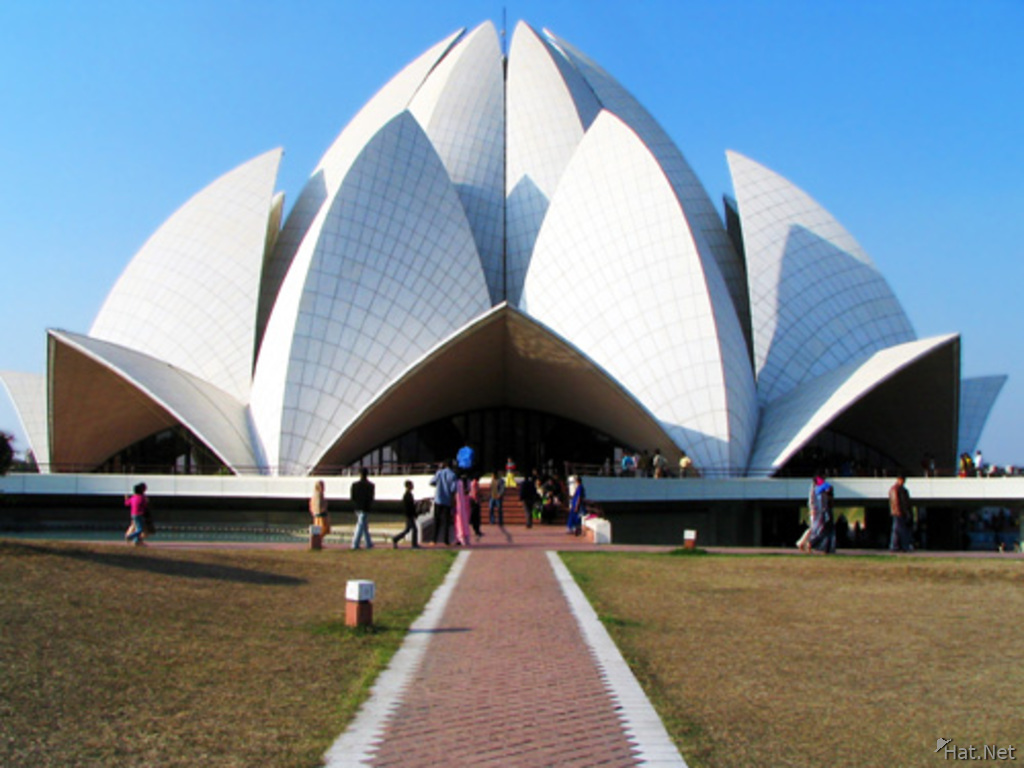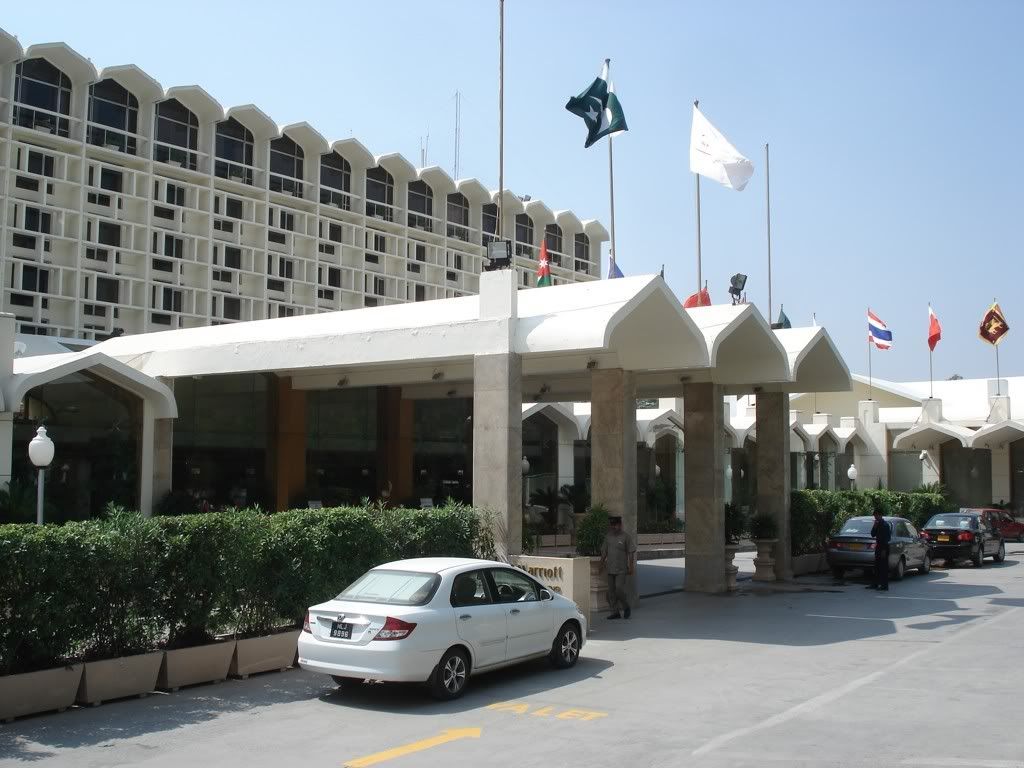Pakistan And India
 Pakistan And India
Pakistan And India

Language/linguistics:
About 99% of languages spoken in Pakistan are Indo-Iranian (sub-branches: 75% Indo-Aryan and 24% Iranian), a branch of Indo-European family of languages. All languages of Pakistan are written in the Perso-Arabic script, with significant vocabulary derived from Arabic and Persian. Punjabi, Seraiki, Sindhi, Pashto, Urdu, Balochi, Kashmiri, etc. are the languages spoken in Pakistan.
About 69% of languages spoken in India are Indo-Iranian (sub-branch: Indo-Aryan), 26% are Dravidian, and 5% are Sino-Tibetan and Austro-Asiatic, all unrelated/distinct family of languages. Most languages in India are written in Brahmi- derived scripts such as Devangari, Gurmukhi, Tamil, etc. Hindi, Bengali, Gujarati, Marathi, Telugu, Tamil, Malayalam, Assamese, Punjabi, Naga, and many others are the mother-tongue languages spoken in each of India's states.
As you can see both countries have distinct linguistic identities. Even in the case of Punjabi, while it is the mother-tongue of a majority in Pakistan, it represents the mother-tongue of only 2% Indians. Besides, Pakistani Punjabi (Western Punjabi) is distinct in its vocabulary/dialect and writing script when compared to Indian Punjabi (Eastern Punjabi). Another thing to keep in mind is that Indian Punjabi is mostly spoken by Sikhs who consider themselves distinct from the rest of Indians and had been fighting for independence. In the case of Urdu/Hindi, while Hindi is the mother- tongue of a majority in India, Urdu is the mother-tongue of only 8% Pakistanis. Besides, they both are distinct languages, Urdu has a writing script and strong vocabulary derived from Arabic and Persian, whereas Hindi has strong vocabulary derived from Sanskrit and is written in Devangari script. Most Pakistanis can understand English and watch American/Brit movies but that does not make them British/American, same is the case with Hindi.
Race/genetics:
About 70% of Pakistanis are Caucasoid by race, 20% Australoid- Negroid, and 10% Mongoloid in their overall genetic composition. Majority of Pakistanis are tall with fair skin complexion, similar to Middle Eastern and Mediterranean peoples. While the racial features of each ethnic group are not uniform, Pashtuns are the most Caucasoid, followed by Kashmiris, Baluchis, north Punjabis, and then Sindhis, Seraikis, Urdu-speakers, etc. The Australoid-Negroid and Mongoloid racial elements are quite infused within the dominant Caucasoid genes among Pakistanis, however there are some that have retained their distinct racial characteristics.
About 50% of Indians are Australoid-Negroid by race, 35% Caucasoid, and 15% Mongoloid in their overall genetic composition. Majority of Indians are darker in their skin complexion, with wider noses, shorter heights, etc. The Australoid-Dravidoid racial element dominates among the lower caste Indians, South Indians, Eastern and Central Indians, etc. The Caucasoid racial element dominates in Northwest Indians and higher caste Indians. The Mongoloid racial element dominates in Northeast Indians and border regions with China.
Obviously, both countries have distinct racial identities. A common international perception based on observance of physical features is that most Pakistanis are lighter skinned than most Indians. Most Pakistanis resemble the looks of peoples inhabiting on its western borders and beyond. Indeed, many Pakistanis also resemble many Northwest Indians or higher caste Indians, but those are a minority in India. Similarly, a few people of Pakistan resemble peoples of South India, lower caste Indians, Northeast India, etc. but they are a minority in Pakistan. And besides, let's say, if some Saudis look similar to the French that does not make them one people, same applies here between Indians and Pakistanis.
Culture/Traditions:
Pakistanis have a distinct culture, traditions and customs. Shalwar kamiz is the dress commonly worn, both by men and women in Pakistan. Pakistani food is rich in meat (including beef), whereas wheat is the main staple. Pashto, Punjabi, Balochi, Sindhi, etc. music and dances are distinctly unique with their own melodies, instruments, patterns and styles. Pakistani arts in metal work, tiles, furniture, rugs, designs/paintings, literature, calligraphy, etc. are distinct and diverse. Pakistani architecture is unique with its Islamic styles. The manners and lifestyles are guided by a blend of Islam and local traditions.
India's commonly worn dress is dhoti for men and sari for women. Indian food is mostly vegetarian, with wheat as the main staple in the north and west, and rice is the main staple in south and east. Hindi, Gujarati, Tamil, Bengali, etc. music and dances are distinctly unique. So are Indian arts in the many areas. Indian architecture is unique in its mostly Hindu styles. The manners and lifestyles of most Indians are guided by Hinduism.
Pakistanis and Indians definitely have distinct cultures of their own. Some Indian women wear shalwar kamiz, but that was introduced by the ancestors of Pakistanis. Many Pakistani food dishes are absent in Indian cuisine and vice versa, and if some dishes are shared, they were also introduced by the ancestors of Pakistanis (like naan, tikka, kabob, biryani/pulao, etc.). There is barely any Hindu architectural influence in Pakistan (Gandhara is Graeco- Buddhist and Harappan is distinct), but significant influences by the ancestors of Pakistanis can be found in India. The lives of most Pakistanis are shaped by Islam, whereas the lives of most Indians are shaped by Hinduism.
History/background:
Pakistanis are a blend of their Harappan, Aryan, Persian, Greek, Saka, Parthian, Kushan, White Hun, Arab, Turkic, Afghan, and Mughal heritage. Waves of invaders and migrants settled down in Pakistan through out the centuries, influencing the locals and being absorbed among them.
Most Indians are a blend of their heritage of Dravidoid-Australoid hunters and gatherers, and Aryans (in north). Northwest Indians have a heritage from Harappans, Aryans, Sakas, and White Huns. Northeast Indians have a heritage based from Mongoloid hunters and gatherers. Also, Turks, Afghans and Mughals ruled north India for centuries.
Pakistan and India have a distinct history and background. The region of Pakistan was never part of India except for 500+ years under the Muslims, and 100 years each under the Mauryans and the British. If any thing, it were the ancestors of Pakistanis who colonized north/northwest India, among them were Harappans, Aryans, Sakas, Kushans, White Huns, Turks, Afghans, and Mughals.
Geography:
Pakistan is geographically unique, with Indus river and its tributaries as its main water supply. It is bordered by the Hindu Kush and Sulaiman Mountain ranges in the west, Karakoram mountain range in the north, Sutlej river and Thar desert in east, and Arabian Sea in the south. The country in its present form was created by the Pakistanis themselves out of the British Raj, the Indus people themselves who are now mostly Muslims.
India is geographically unique, with Ganges river and its tributaries as its water supply in the north, and other river systems in the rest of the country. Himalayas as its northern boundary, Sutlej river and Thar desert as its western border, the jungles of northeast as its eastern border, and Indian Ocean in the south. The mountains in the central-south India are the great divide between Dravidians of the south and Indo-Aryans of the north. The country itself was created by the British, a direct descendent of the remnants of British Raj.
It is evident that India and Pakistan have their own unique geographical environments. Pakistan is located at the crossroads of South Asia, Central Asia, and the Middle East. On the other hand, India is located at the core of South Asia.
Labels: Pakistan And India












![[2491157090053805352fgDVQj_ph.jpg]](https://blogger.googleusercontent.com/img/b/R29vZ2xl/AVvXsEhimTpVTsaLNsgSE4x-ZpFe6EXUaRpd2tw8XteFmWGd3M62W2h30qs3fJrvM-O92ugv72iACqvqtMQvaKGKTwri87ZHA4ObMqH-Q8fK0iBwcaK8qVuRiqWrcfKKu8NFa_zChJ1g-Vy2GJY/s1600/2491157090053805352fgDVQj_ph.jpg)
![[2751136140053805352mXAACl_ph.jpg]](https://blogger.googleusercontent.com/img/b/R29vZ2xl/AVvXsEiwjrEs-xhNWX1pWmnSn-6H-RtxTOOa_3_WIkf9NiSQuJ_HrHAOXbmsqOq2eUneRiCVrgEYdcxEK7y3pIUGX-iIvbDIKAFEYF7t_Lrf7U6ZrfBzNAefq2X_j9ZNMb-8RaHlpwhEwrPTPQE/s1600/2751136140053805352mXAACl_ph.jpg)
![[2163734980053805352AMPOil_ph.jpg]](https://blogger.googleusercontent.com/img/b/R29vZ2xl/AVvXsEgJdN5H90nYxM0vB66Gz1gMmUFL4_2YLghROy6VNJvPDWjX40nUScIOKB76OJ3zm7Cd_r4oJp9SHbZAZhfMXwA7hkg9lHCR2EcglVktK71H2FOe1hCG6vW4whWvdqjGLGE0s_McAFAC3NY/s1600/2163734980053805352AMPOil_ph.jpg)
![[2724848170053805352wpHPHG_ph.jpg]](https://blogger.googleusercontent.com/img/b/R29vZ2xl/AVvXsEjcX87OJN3Ie63lPmN_kYvUgFkBdSFdn_-VbIttFh2EJn8B35db9D4u129LIniqt1BxWW0UfmYlUcgYkGqmWPhUklBdW5FjUCFIHm2WzfP4Me0viPDccz796JVjRgdBN0flhWSToMmQaOE/s1600/2724848170053805352wpHPHG_ph.jpg)
![[2668368720053805352WEdrjs_ph.jpg]](https://blogger.googleusercontent.com/img/b/R29vZ2xl/AVvXsEjmerr8_Tn4DkpCXTTNXPQOwYrZUdr6MvEwo_lwiApZgcOmGkTIFAhElIFFEFSNmDnk_im-Pfht_DvP41dQAHFHNPcx8RG1MGpxGb1Gd-nTXV3GRbMHA6TKDqGUON4xkX7ZAprHAy2cIBo/s1600/2668368720053805352WEdrjs_ph.jpg)

![[2743367270053805352iwnbTV_ph.jpg]](https://blogger.googleusercontent.com/img/b/R29vZ2xl/AVvXsEj-P1xYtqUfdqM1jvEox1-Yc0y2fCwb7HJC_K7o5PAv9h7FY4us6ZS6nNVXBWaIPmZ4jmzvV6ymIAp13PB370VkwXQVAOPvpjlOFU3ROSErfUmL5P6tkfiJHWhSEcCaKRSU9r1GNs6r6aE/s1600/2743367270053805352iwnbTV_ph.jpg)


